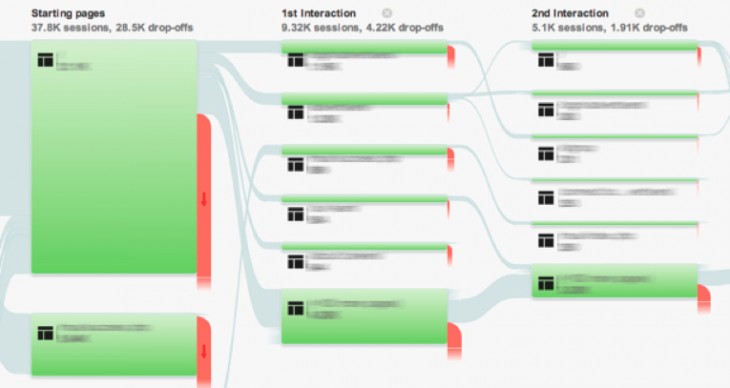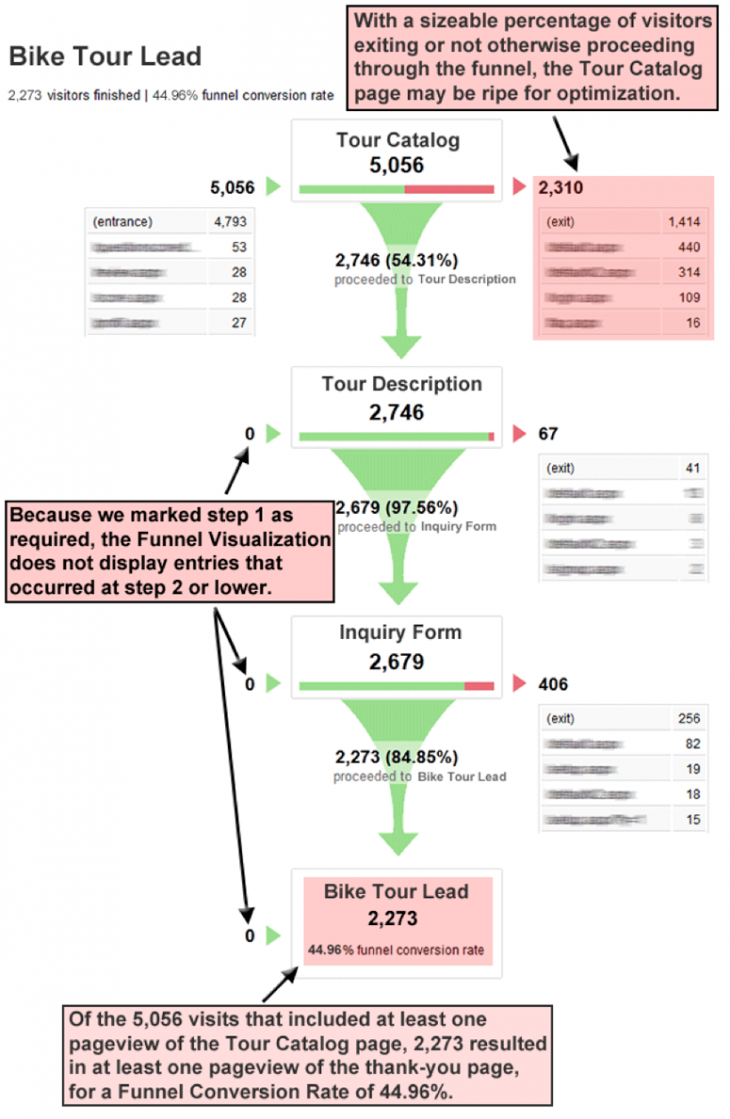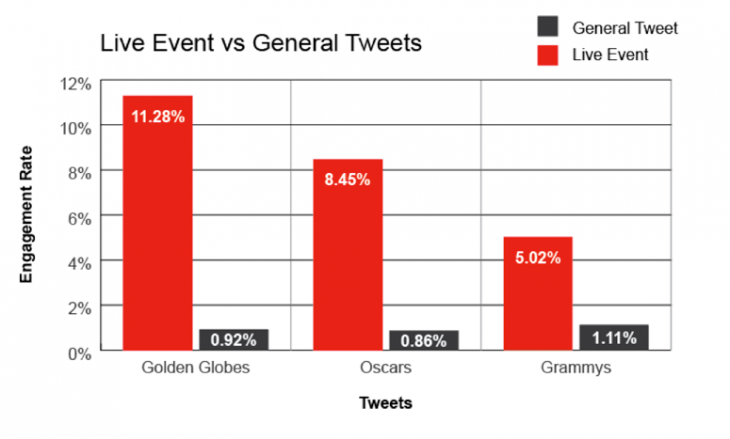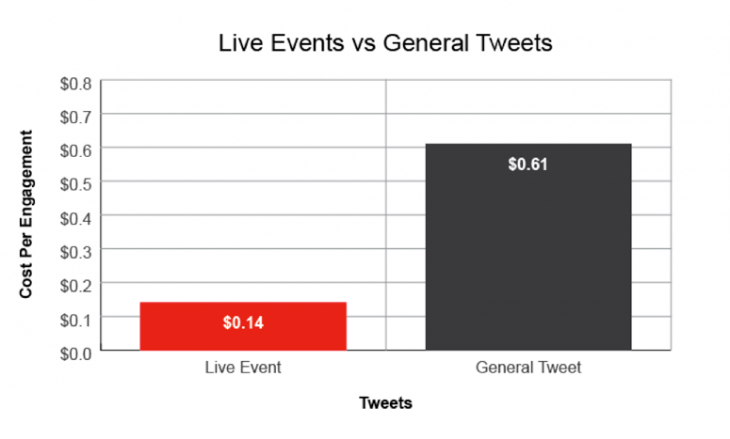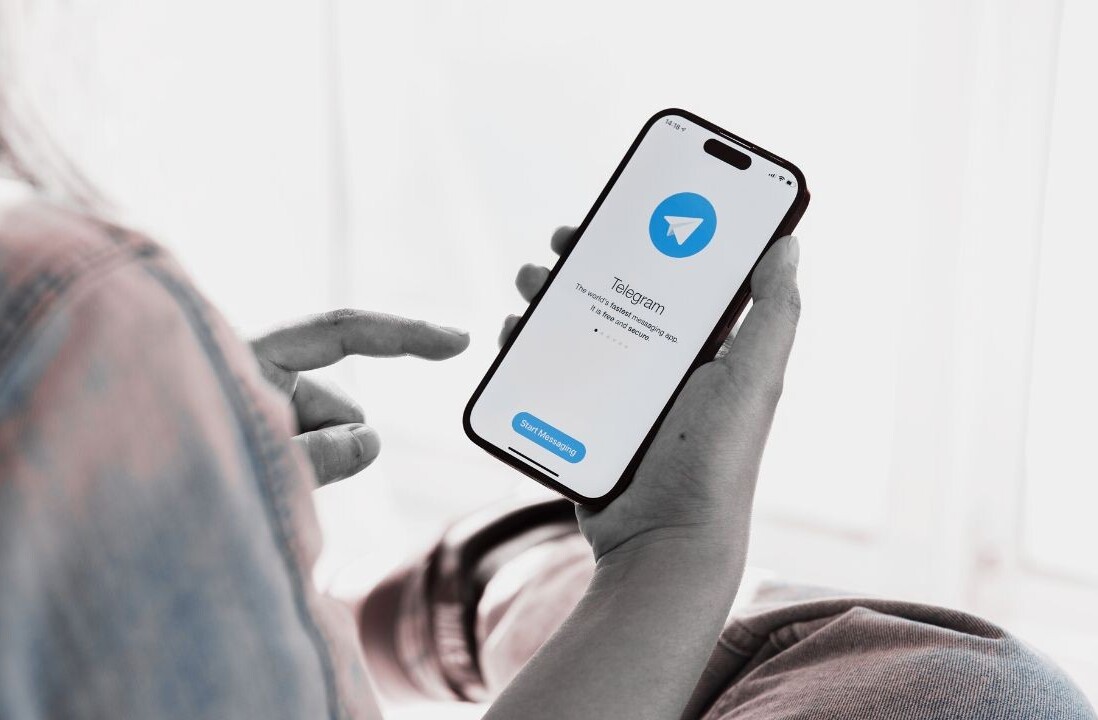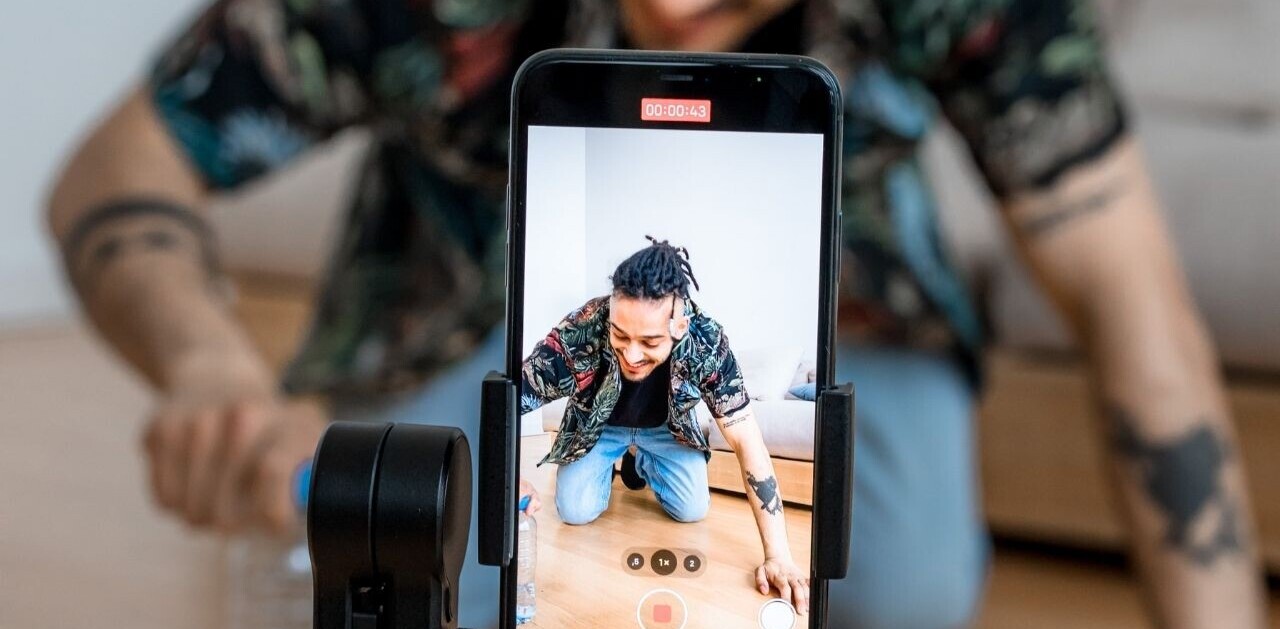
Ritika Puri is a content marketer, freelance business writer, and media entrepreneur. This article originally appeared on the Adknowledge blog.
Smart marketers know social media is a customer engagement power tool. The problem? They can’t prove it.
Broken systems and incomplete analytical models leave marketing managers in a lurch. The task of asking for more budget becomes a leap of faith, and CEOs don’t like that.
All social media managers (and advertisers) struggle—at some point—to prove their team’s worth. The c-suite fully understands and believes in the power of social media. But they need spreadsheets, not a hunch, to invest in your department’s future.
Do you find yourself struggling? Don’t throw darts in the dark. Follow this framework instead:
Step #1: Identify specific conversion events
What are the goals of your social media campaign? Are you seeking to acquire new Facebook fans? Are you testing new approaches to user engagement?
Before building any social media program, you need to understand why you’re doing it. That way, you’ll be well positioned to optimize your campaigns for specific, tangible goals — metrics that will support your request for more budget.
Marketers love to talk about the conversion funnel, so let’s think about your social media program in those same terms:
| Funnel Stage | Conversion Events |
|---|---|
| Awareness |
|
| Realization of Need |
|
| Consideration |
|
| Conversion |
|
| Retention |
|
A successful social program will target all five stages of the conversion funnel. If you focus on conversions (and ignore branding), you’ll fall short in introducing new audiences to your company’s buy-cycle. If you only focus on building awareness, you’ll likely cause a rift between your marketing activities and sales.
Step 1 of proving the value of your social media program involves emphasizing what you want to achieve.
Step # 2: Map the full buyer journey
Paths to conversion are complex. The challenge, however, is that marketers crave instant gratification. After all, we’re human. Nothing feels better than seeing a spike in sales and traffic within an hour of launching a campaign.
The problem with this, from an ROI perspective, is that it’s very shortsighted. Your organization needs a longer-term view that fully embraces consumer psychology.
Think about it: when you’re on social media, are you in the mood to make a purchase? Probably not.
You’re likely online to see what your friends are up to, check out new content, and take a brain break from work or whatever it is you’re doing. You’re there to lurk, engage with the community, and relax—not shop.
At the same time, however, you’re likely open to seeing product recommendations. Study after study suggests that “liking” a product on social media increases its value.
It’s important for marketers to connect each stage of their brand’s conversion funnels. How do these parts converge into a big-picture?
Qualitative and quantitative research will help you answer this question. Tools like Google Analytics can help you visualize your website’s user flows.
You can also create funnel reports to understand conversion points and “leaks” where prospects churn. Eric Fettman, creator of the famous Google Analytics test prep site, wrote a great post that explains exactly how to do this.
Step #3: Experiment fiercely
It’s an understatement to say that social media is a rapidly evolving space. Consumer attention spans are getting shorter. More and more brands are looking to make an impact on social media.
Meanwhile, platforms like Facebook and Twitter are continuously releasing new customer acquisition products, which means they’re constantly experimenting with new algorithms and targeting features.
A small test budget is a necessary part of social media marketing. By testing new opportunities, you’ll have the advantage of being early-to-market in the still-new advertising ecosystem.
Here’s why this approach is important:
- When an advertising ecosystem is new, it’s potentially less competitive because there are fewer people in it. Brands can use this window of opportunity to truly learn about the marketplace in-depth to form a long-term strategy.
- By casting your net wide, you’ll start to see patterns over time. You’ll learn what works for your company—and what doesn’t. This breadth of testing activity will help you develop a strong laser focus on tests that make the most sense for your business.
The beauty of a testing budget is that you can start small and scale it as soon as you’re able to demonstrate the success of your initiatives. Depending on your team’s bandwidth, you can run one or multiple concurrent tests.
If you’re looking for inspiration on tests to run, check out the AdParlor blog.
One recent campaign tested the performance of Promoted Tweets when coupled with live events. AdParlor worked with a beauty brand to run Promoted Tweets campaigns during three major events–the Golden Globes, Grammys, and Oscars. Here are the details:
- Standard promoted tweets ran a day or two leading up to the events, which all fell on a Sunday.
- Hours before (and during) the event, AdParlor created event-specific tweets based on red carpet events and celebrity outfits—two key topics trending on Twitter during these three awards ceremonies.
- On average, the advertiser promoted a new tweet every 20-30 minutes and during key moments of each event.
- Campaign goals were to encourage favorites, re-tweets, and to send audiences to the advertiser’s microsite.
Here’s what AdParlor learned:
- Live event tweets generated 12x higher engagement than the standard tweets from the previous days.
- Cost per engagement was significantly lower during live events than general tweets from the previous days.
The success of your social media advertising tests depends on the process you implement. Here’s a quick guide to getting started:
- Identify a business question that you want to answer
- Figure out how you plan to measure those goals—choose specific events in the conversion funnel
- Figure out a small budget that makes sense for your business and also enables you to be competitive as an advertiser
- Test, fail fast, iterate, measure, and repeat
- Scale what’s awesome
Final Thoughts
Social media is a left-meets-right-brained space. Creativity will capture your audience’s attention and analysis will empower you to grow. Every dollar spent should lead to a dollar earned—but remember to have fun along the way.
Get the TNW newsletter
Get the most important tech news in your inbox each week.

